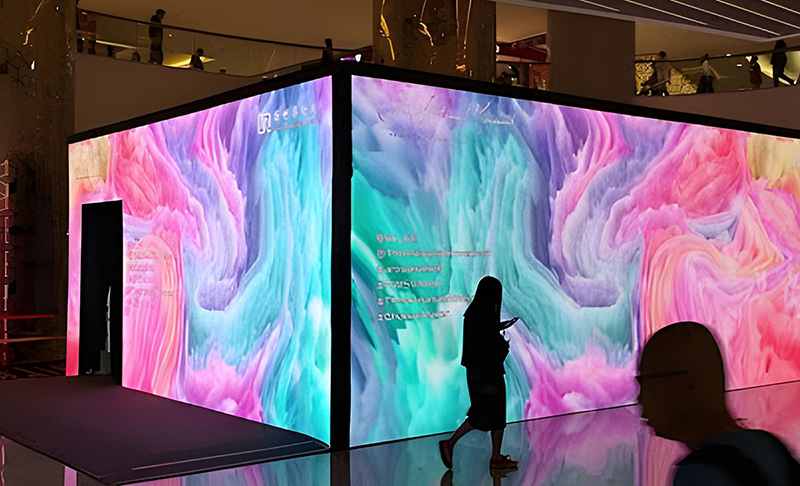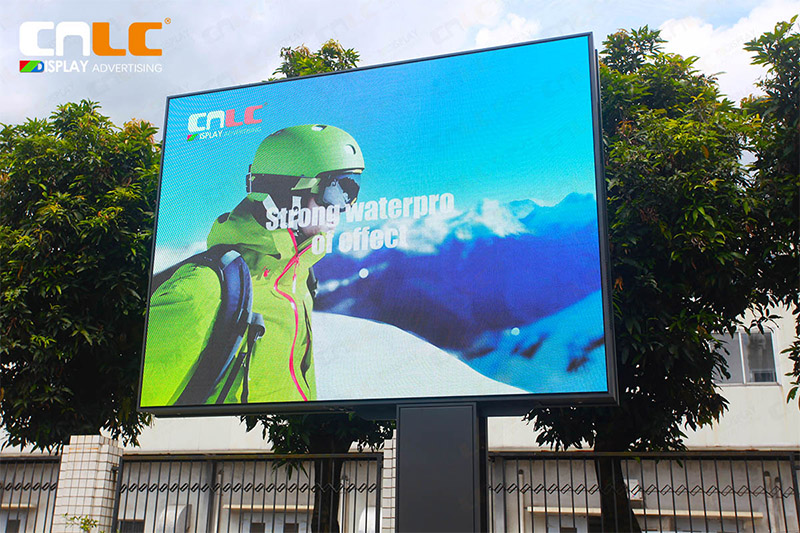what are you looking for?
 SMD Packaging: The Key Driving Force Behind LED Displays
SMD Packaging: The Key Driving Force Behind LED Displays
 How to Make Your LED Display More Energy Efficient
How to Make Your LED Display More Energy Efficient
 Revolutionizing Outdoor Advertising: The Clarity and Efficiency of Glassless LED Digital Billboards
Revolutionizing Outdoor Advertising: The Clarity and Efficiency of Glassless LED Digital Billboards

 Tel : 8618688410533
Tel : 8618688410533 Tel : 8602082332833
Tel : 8602082332833 Email : info@cnlcdisplay.com
Email : info@cnlcdisplay.com STAY CONNECTED Get our news, offers, and more...
STAY CONNECTED Get our news, offers, and more...









